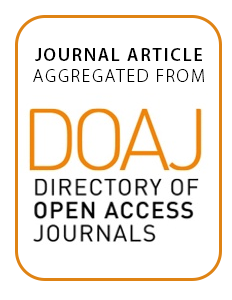The distortion of the land market due to plans for the infra-structure of the region: criteria for alternative valuation
The alterations caused by the realization of large scale, linear infra-structure have repercussions that similarly disrupt the land market. The market is still not perfect and has all the inherent problems connected to estimation of the compensation due for expropriation. In general, the latter doesn’t compensate the expropriated party sufficiently for the impact that the construction of a new infra-structure can have on the land in question.


